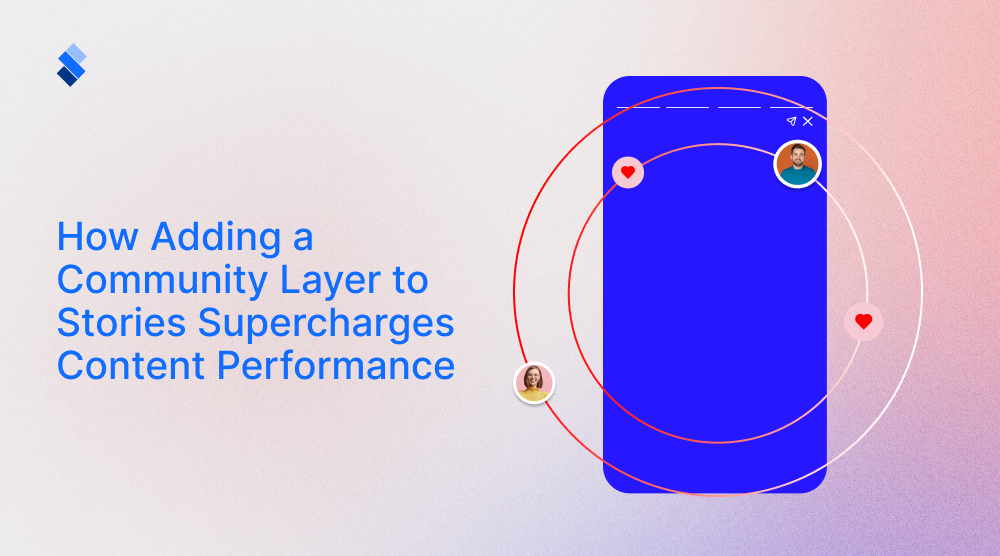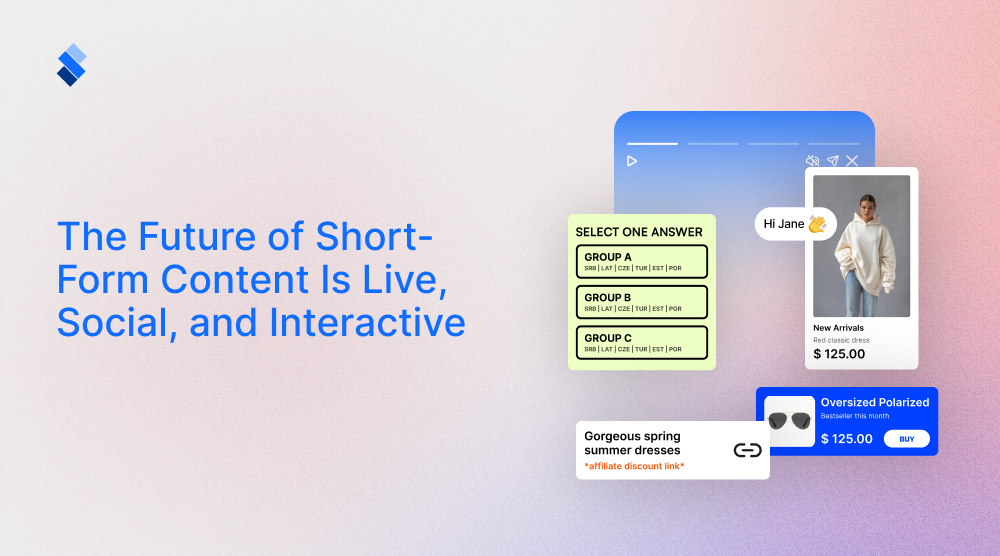How to increase user in-app engagement
If you plan on running a successful app it is paramount that you know how to increase user in-app engagement.
.jpg)
Whether you are running a dating app, a fitness app or a learning app, one thing remains the same. The better your in-app engagement is, the better off you'll be. Unfortunately, most app designers struggle quite a bit with establishing and maintaining a noteworthy level of user engagement. Especially once the novelty of the app runs out. Well in this article we will explore different ways to increase user in-app engagement, and hopefully help you garner a more involved audience.
Understanding in-app engagement
To better understand the ways in which to increase user engagement in your app, it is important that we understand what in-app engagement actually means. There are different KPIs that show how engaging an app truly is. The biggest ones are:
- How long do users stay in your app?
- How often do users return to your app?
- Do users interact with your app?
- How long do users keep your app on their phones?
Now, of course, it would be wrong to compare all apps according to these metrics. Some were designed with prolonged use in mind (just think of video games or fitness apps). While others were intended for a much shorter use (think of scheduling apps or news apps). What's important is to track the KPIs of your app, and understand what each of them implies. By doing so you can see whether you need to alter your approach to in-app engagement. And in what those alterations should be applied.

The strategies we will outline will tackle either one or a couple of these KPIs. But, unfortunately, there is no strategy that can effectively tackle all. This is one of the main reasons why app engagement can be so difficult to properly manage, and why even experienced companies often struggle with it.
Different ways to increase user in-app engagement
If you plan to increase user in-app engagement it is important to understand that it is something that you need to attend to from the start. Whether or not your users will find your app engaging is based on many factors, not just whether the idea behind your app is any good. Everything from design, to the programming behind the app plays some part if how good your in-app engagement rates are.
Effective onboarding
Onboarding is the process that the new user goes through after installing your app. It is, essentially, the first experience that user has with your app. And, as such, it needs to be top-notch.

Your goal is to have your user start using your app as quickly and easily as possible. The less input they need to have before they use your app, the better. If you need to collect user data, you ought to take care of it in a straightforward fashion. Once they start using your app, you need to gradually explain its features to them and have them explore your app at their own pace. A good example of terrific app onboarding is Tinder. Even if you have never used it, you can set up a full-fledged profile within a couple of minutes. And only once you start swiping (which is what you got the app for) do you get further info, suggestions and in-app purchases.
If you have so far, try to pay attention to how well Tinder manages to space out its content and never have you feel overwhelmed. After a couple of uses, you will know all about Super Likes, temporary boosts, the value of verifying your account and various payment options and benefits that Tinder provides. And none of this information is intrusive or difficult to understand.
Push notifications
A common mistake people make when designing apps is that they think of them as passive programs. A user starts using it, and the app just passively responds to what the user does. And while this can be the best option for certain apps, you really ought to consider in-app interactions with your customers if you want to increase user engagement. Namely, what you can do is collect data about the user, and then offer them a valuable piece of personalized information. For instance, maybe they are focusing on a single part of your app while overlooking the rest. Or they are failing to make the most out of your app, simply because they aren't aware of the possibilities. Your job is to notify them about what they are missing out and help them experience your app to its full potential.

Personalized push notifications do wonders on this front. Ideally, you will segment your users according to their in-app behaviour patterns, and push personalized notifications at the right time. Notifications themselves can be anything from simple text to images, videos and even web stories. Web stories in particular are a great option, as they are densely packed with information while being easy to absorb.
The main thing to avoid here is being annoying with your notifications. And you should know that it is surprisingly easy to be annoying with notifications, especially if you don't fully understand the user's journey. A good practice is to ask your users how they feel about your notifications. If they aren't well-received, best to do away with them.
Offering incentive
A good way to encourage your users to stay loyal to your app is to simply offer rewards for loyalty. Yes, this strategy is a bit on the nose. But, it is quite effective when it comes to improving both engagement and retention rates. This strategy only works for apps that entail a certain schedule. So, think of your fitness apps or a learning app like Duolingo. These apps will provide some rewards (even if they are simple achievement tokens) if you regularly visit them and spend time in them. So, if your app allows it, definitely consider offering some reward for loyal users.
Encourage the audience to communicate with you
Having your audience leave reviews of your app, or answer a poll outlining their experience while they are still using it may seem redundant. But, it is surprisingly effective in improving user engagement and brand building. The main reason for this is that you are motivating your users to consider your app as a whole. By doing so, they are essentially listing all the reasons why they like and dislike your app. Time the review properly, and your users will consider your app the best thing ever. This isn't so much important for your app rating as it is for convincing your users that your app is great. Yes, it is a simple trick once you think about it. But, it is surprisingly effective.

Final thoughts
It is important to note that you cannot increase user in-app engagement in one go. Apps with top user in-app engagement worked long and hard in order to figure out what works for their audience. This included careful research with in-depth tracking of user behaviour, along with ample experimentation. What you see now is the result of countless failures and near misses. So, if you are serious about in-app engagement, know that you will have to approach it with an open mind. A good idea is to research previous versions of popular apps and see what they improved over the years.
Gamification
One of the mediums that have truly mastered capturing and maintaining users' attention is video games. Since their inception, video games have slowly been developed to be more and more engaging, user friendly and intuitive. So, it should come as much of a surprise that apps try to mimic games, especially when they need to increase user in-app engagement. Since we've already covered gamification in apps, we won't go into much depth here. But, we strongly recommend that you research it if you plan on optimizing your app.







